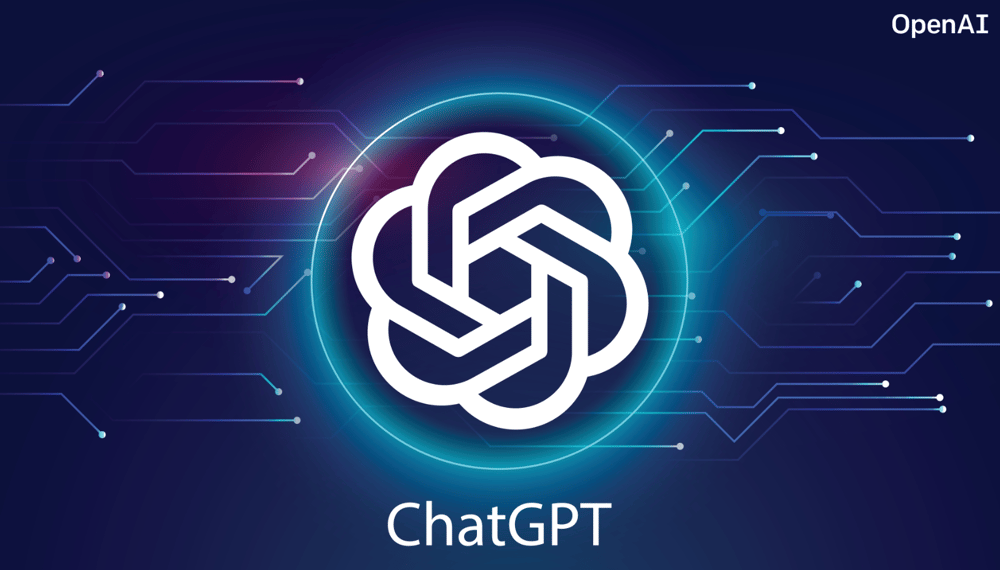OpenAI Nears Strategic Inflection Point with Summer Launch of GPT-5
OpenAI CEO Sam Altman confirmed that GPT-5 is set for release in the coming months. Designed to consolidate the most advanced features from GPT-4o and o3, the upcoming model is expected to represent a major shift toward generalized and autonomous AI. Altman described GPT-5 as the culmination of OpenAI’s current development arc—an inflection point where scalability meets functional integration.
Rather than incremental refinement, GPT-5 is being positioned as a fundamental leap in architecture, blending natural language versatility with scientific reasoning and programming capabilities. The synthesis of GPT-4o’s multimodal fluency and o3’s structured logic hints at a more coherent and capable agent system.

Evolving Toward Cognitive AI Agents
During OpenAI’s official podcast, Altman suggested GPT-5 could mark the beginning of models capable of acting as autonomous agents. These systems may not only interpret instructions but execute them with contextual awareness, opening pathways to real-world task automation and continuous learning. Altman alluded to a broader transformation: “I think we’re nearing the top of the current mountain”, he said, signaling the end of isolated upgrades and the beginning of systemic evolution. Future models may not be constrained by traditional naming conventions, as OpenAI reconsiders how its AI platforms are structured and released.
Structural Enhancements and Functional Objectives
GPT-5 is expected to improve on four essential fronts:
Integration of cross-modal data for seamless language, image, and audio processing;
Expanded agentic functionality across user and enterprise environments;
Consolidated deployment of reasoning, memory, and planning features;
Platform realignment to support persistent intelligence across applications.
These shifts align with OpenAI’s long-term vision of artificial general intelligence (AGI), emphasizing dynamic interaction and problem-solving over passive response.

Strategic Implications for OpenAI and the AI Industry
The move toward unified models reflects OpenAI’s intent to dominate the infrastructure layer of AI. By merging natural language generation, programming cognition, and multimodal reasoning, GPT-5 may serve as the cornerstone for scalable, real-time agents in business, education, and R&D sectors. This strategy also positions OpenAI favorably in the competition for enterprise AI adoption. With foundational models becoming key to cloud ecosystems and digital operations, GPT-5 could cement OpenAI’s lead over other large language model providers.















Comments
Exciting times ahead—GPT-5 sounds like it’s going to redefine what AI can do!
Can't wait to see how GPT-5 transforms our interaction with AI—this could be a game changer!